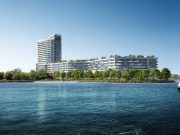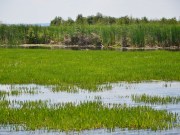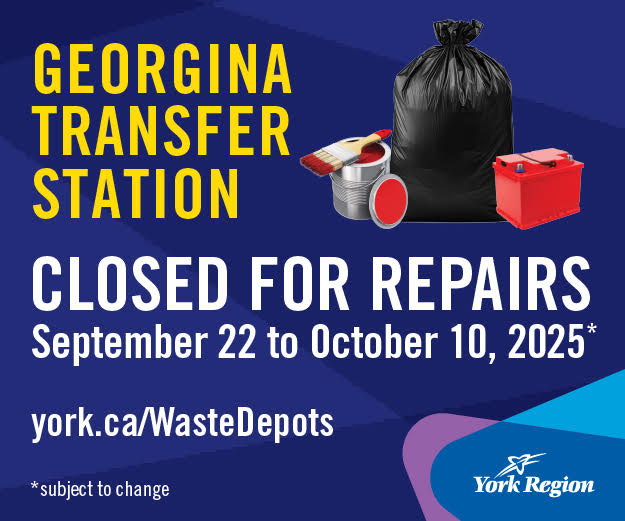
OTTAWA — A much-debated monument to Samuel de Champlain will be re-installed in an Ontario town with significant changes, Parks Canada announced Wednesday.
The original monument in Orillia, northeast of Toronto, portrayed the French explorer along with several other figures, including four statues of First Nations people represented in a way some considered racist.
Parks Canada owns the structure and the land it sat on, and took the monument down for refurbishing after a 2015 assessment showed it was deteriorating.
In a release, Parks Canada said only the figure of Champlain will be re-installed immediately.
The other bronze statues, including those portraying Indigenous people, will be the subject of further consultation with First Nations and other stakeholders starting later this year, Parks Canada said.
The federal agency said its decision was informed by public consultation and the recommendations of a working group, which had been studying the issues for eight months. The working group included the Orillia municipal government, Parks Canada representatives, First Nations and other groups.
Parks Canada said it would implement the recommendations of the working group in full.
The monument was unveiled in 1925 and portrayed Champlain atop a stone slab. Below him on both sides were two other scenes, in which Indigenous people were shown sitting at the feet of a Jesuit priest and a fur trader.
A plaque accompanying the monument said it was meant to commemorate “the advent into Ontario of the white race.”
The plaque will now be updated to honour its “original intent within the context of contemporary knowledge and wisdom,” according to the recommendations of the working group.
The plaque’s final text will also be part of the forthcoming consultations, Parks Canada said.
In addition to the changes to the monument itself, the working group’s recommendations call for further works or signs to be created that will more accurately describe the history of Samuel de Champlain’s relationship with First Nations. They knew the land through which his expeditions travelled and he relied on them for guides, advice and supplies.
The “re-imagining” of the monument would add “much needed context,” the Parks Canada release said.
The monument had been taken down by Parks Canada in 2017, after a 2015 review found it was damaged. But Parks Canada delayed reconstructing it after hearing complaints about the representation of Indigenous people and considering the findings of the federal Truth and Reconciliation Commission.
Christian Paas-Lang, The Canadian Press
- September 24, 2025 Issue - September 26, 2025
- September 10, 2025 Issue - September 10, 2025
- August 24, 2025 Issue - August 28, 2025










































